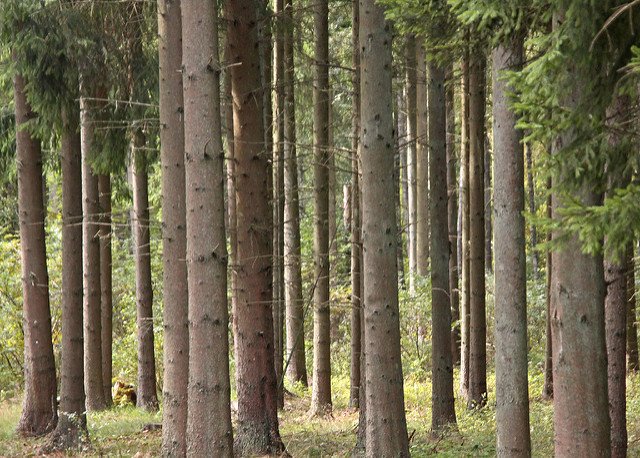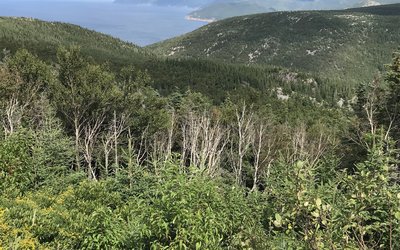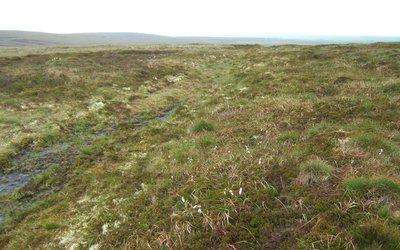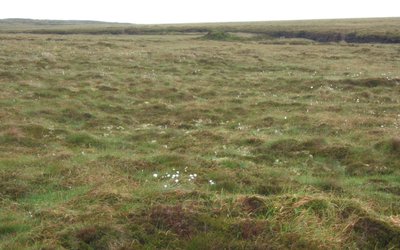
Presented by Victor Blanco (University of Edinburgh, UK) at the Adaptation Futures Conference in Rotterdam, The Netherlands, May 2016
In Europe, most forests are owned by a large number of individuals, companies and government organizations. On the long run, climate change will have an impact on these forests by gradually deteriorating conditions for some tree species in favour of others. As a result, the composition of tree species will change. Also the vulnerability to pests and diseases may increase. Due to the large number of forest owners, adaptation to these changes in large part takes place bottom-up. It’s the decisions of the forest owners themselves, their management strategies that shape the adaptation process. The success of adaptation, therefore, depends on the behaviour of forest owners.
Victor Blanco (University of Edinburgh, UK) has modelled this behaviour of forest owners in Sweden to find out how adaptation may proceed and what management strategies are most effective. Management strategies vary with the services forest owners aim to provide. These different services may be timber production, recreation, conservation of biodiversity, or carbon sequestration. Depending on their objectives for service provision forest owners make different decisions, responding to the changing climate and socio-economic developments. Victor concluded that forest owners with multi-objective management strategies are most effective in adaptation, and therefore more competitive on the long run than others.
According to other scientists the behaviour of most forest owners in Sweden with respect to climate change is reactive rather than proactive. According to them forest owners in, for instance, Portugal are more proactive because they believe they have experienced the impacts of climate change already. To illustrate: forest fires associated with the heat wave of 2003, whether or not related to climate change, resulted in an extremely large burnt area of land corresponding to approximately 13% of the total forest area in Portugal.
‘It will be very difficult to meet societal demands for ecosystem services if adaptation is only reactive’, Victor concludes. Proactive behaviour needs to be promoted and top-down mechanisms can help steer the decisions of forest owners. Examples of mechanisms that may be effective are informing by governments or owner associations on potentially more successful strategies or promoting proactive decision-making. A more proactive behaviour can help individuals and the sector as a whole achieve its goals.
Photo: Guillaume Baviere (www.flickr.com)








